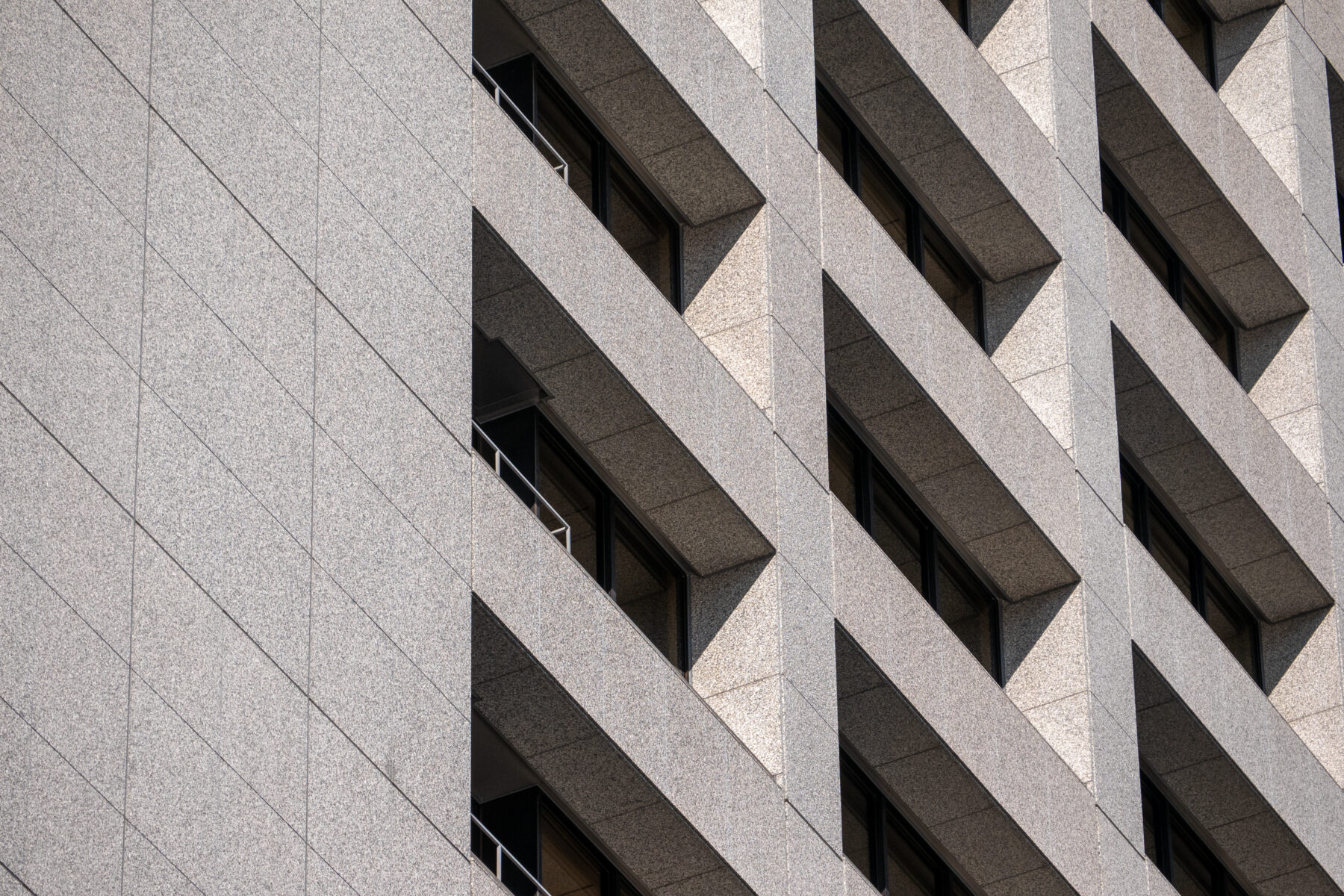Architectural Concrete: Constructing Contemporary Commercial Structures
September 30, 2024

Concrete has transcended into the use of a structural material in commercial construction in order to become a distinctive feature of contemporary design. Architectural concrete is known for its adaptability, toughness, and visual appeal and is now a potent design tool that improves the aesthetic and practical aspects of modern structures.
Architectural Concrete’s Rise
The perfect integration of form and function in architectural concrete is revolutionizing the field of commercial architecture. With the use of this material, architects may design structures that are both engaging and structurally sound. Architectural concrete embraces its unadulterated, natural beauty, in contrast to conventional concrete. As designers look for materials that offer a long lasting, clean, modern appearance, its application in commercial structures has increased.
Architectural concrete is ideal for a variety of design types ranging from complicated to minimalist. It comes in different types of finishes, textures, and colors. Its capacity to replicate other material further broadens its use and offers designers creativity.
Architectural Concrete’s Advantages for Commercial Design
The many advantages of architectural concrete in commercial building design are its rising popularity. Some of the main benefits that make it the recommended option for contemporary commercial structures are versatility, durability, low maintenance, and sustainability.
The versatility of architectural concrete is never clearer than when considering its variety of finishes and textures. With this characteristic, designers can create a variety of visual effects that complement the building’s intended character. Then, concrete is produced to create surfaces that are aesthetically pleasing and suited to a project’s requirements.
The durability and low maintenance of architectural concrete is one of its most appealing features. Commercial areas that require long-lasting furniture reap huge benefits from its ability to endure weather, heavy use, and time. The concrete’s low maintenance adds to its allure and lowers the long-term maintenance expenses that come with using other materials.
By utilizing recycled materials and cutting-edge construction techniques, architectural concrete may improve the sustainability of commercial structures. Slag, fly ash, and other industrial by-products can be added to concrete to lessen its environmental impact. Furthermore, the thermal mass of concrete contributes to temperature regulation within buildings and improves the energy efficiency.
Uses in Contemporary Commercial Structures
Architectural concrete is pushing the boundaries of what’s feasible in commercial structure design. Its capacity to fulfill structural, as well as aesthetic purposes, allows for creative uses that challenge established architectural ideas.
Using architectural concrete in exposed facades is one of its most remarkable applications. Architects can make a strong statement by leaving the concrete exposed and emphasizing the building’s form and texture. Modern office buildings, hotels, and retail establishments frequently have exposed concrete facades because the raw look complements current design fads.
Commercial spaces gain depth and visual interest from the use of various patterns to generate textured concrete surfaces. Designers can add fine features to concrete using methods like sandblasting, stamping, or employing patterned form liners.
Architectural concrete is finding its way into commercial interiors as well as structural and external applications. Smooth concrete surfaces give interior design a unified, contemporary vibe. It blurs the distinction between interior and outdoor spaces when used in interior features which contribute to the overall unification of a structure.
Obstacles and Things to Think About
Architectural concrete has many advantages, but there are certain drawbacks as well. It can be challenging to fix irregularities once the concrete has set and achieving the appropriate finish calls for exact craftsmanship. Also, to guarantee that the finished product satisfies structural and aesthetic standards, careful planning and coordination between the workers involved are a must.
It’s also very important to pay attention to environmental aspects such as inclement weather. The performance and appearance of architectural concrete can be impacted by changes in humidity and temperature, leaving site management essential to effective applications.
Architectural Concrete’s Future in Commercial Design
Concrete will play an increasingly important part in commercial structures as long as architectural trends stay remain. Due to the strength, beauty, and adaptability, it is a priceless tool for modern architects who want to push the envelope. Future developments in concrete technology will only serve to strengthen architectural concrete’s popularity and establish its permanence in commercial design for years to come.
Both building material and architectural concrete are creative canvases that make commercial buildings stand out in a crowded market. Architectural concrete will have a significant influence on how commercial spaces are shaped in the future as designers continue to explore its potential applications.

